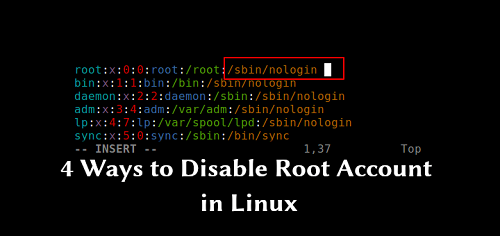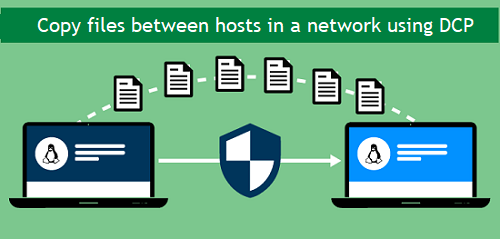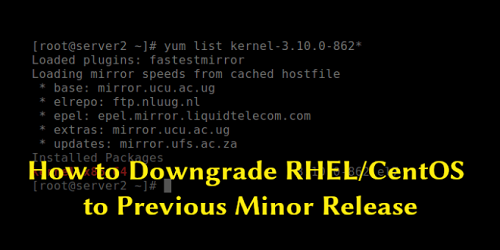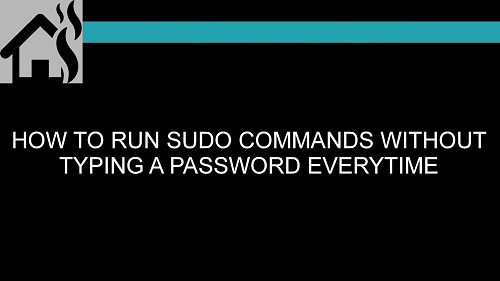Categorized
How to unzip a ZIP File in Terminal Using SSH
Description : Restoring a backup from a ZIP file – like the ones generated by our downloadable backup feature – can sometimes be a lengthy process. If you unzip a ZIP file locally on your computer before uploading the backup with SFTP, you’ll likely run into a bottleneck because SFTP can only transfer a limited […]
How to Run a Command with Time Limit (Timeout) In Linux
Description : The goal of Linux is to help you be as fast and efficient as possible. One property of a Linux command is the time limit. You can set a time limit for any command you want. If the time expires, the command stops executing. In this short tutorial, you are going to learn […]
SS command examples to monitor network connections
Description ss command is a tool that is used for displaying network socket related information on a Linux system. The tool displays more detailed information that the netstat command which is used for displaying active socket connections. We see how the ss command can be used to display varied socket connection information in Linux. 1. Listing all Connections The basic ss […]
Tweak password expiry using Linux Chage command
Description The chage command, lets you tweak user password expiry information Following is its syntax: chage [options] LOGIN And here’s what the man page says about it: The chage command changes the number of days between password changes and the date of the last password change. This information is used by the system to determine […]
How to disable root account in Linux using 4 ways
Description The root account is the ultimate account on a Linux and other Unix-like operating systems. This account has access to all commands and files on a system with full read, write and execute permissions. It is used to perform any kind of task on a system to create/update/access/delete other users’ accounts, install/remove/upgrade software packages, and so […]
How to tweak password expiry using Linux Chage command
Description The chage command, lets you tweak user password expiry information Following is its syntax: chage [options] LOGIN And here’s what the man page says about it: The chage command changes the number of days between password changes and the date of the last password change. This information is used by the system to determine […]
How to copy files between hosts in a network using DCP
Description We often need to copy or share files over the network. Many of us are used to using tools such as rsync or scp to transfer files between machines. In this tutorial, we are going to review another tool that can help you copy files between hosts in a network – Dat Copy (dcp). Dcp does not require SSH […]
How to Downgrade RHEL/CentOS to Previous Version
Description If you have upgraded your kernel and redhat-release packages and you are encountering some issues. In this article, we will describe how to do downgrade RHEL or CentOS version to previous minor version. Note: The following steps will only work for downgrades within the same major version (such as from RHEL/CentOS 7.6 to 7.5) but not between major […]
How to Undo or Redo a Yum Install on CentOS and RHEL
Description One of the most important and useful feature added to YUM Package Manager (from version 3.2.25) is the ‘yum history’ command. It allows you to review a full history of yum transactions that have been run on a system. It shows the dates and times when a transactions were performed, whether the transactions succeeded […]
How to Run ‘sudo’ Command Without Entering a Password in Linux
Description In case you are running Linux on a machine that you normally use alone, say on a laptop, entering a password each time you invoke sudo can become so boring in the long run. Therefore, in this guide, we will describe how to configure sudo command to run without entering a password. This setting […]









